Nanostructured hydroxyapatite (nHAp) appears to have a great potential to revolutionize the hard tissue-engineering field, starting from bone repair and augmentation to controlled drug delivery systems.
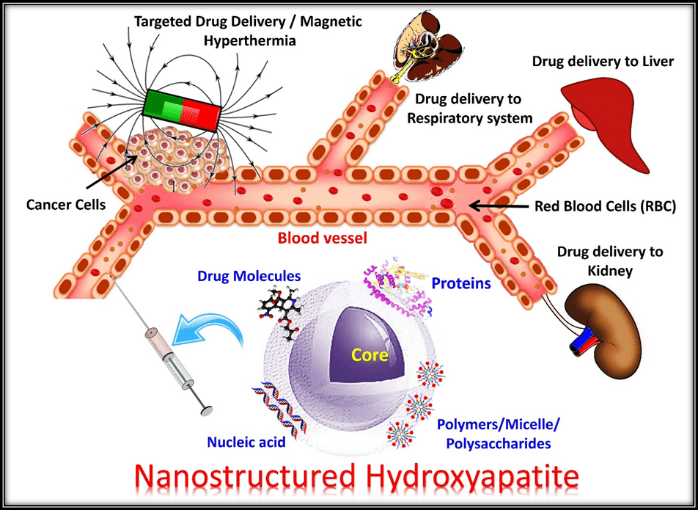

Nanostructured hydroxyapatite (nHAp) appears to have a great potential to revolutionize the hard tissue-engineering field, starting from bone repair and augmentation to controlled drug delivery systems.
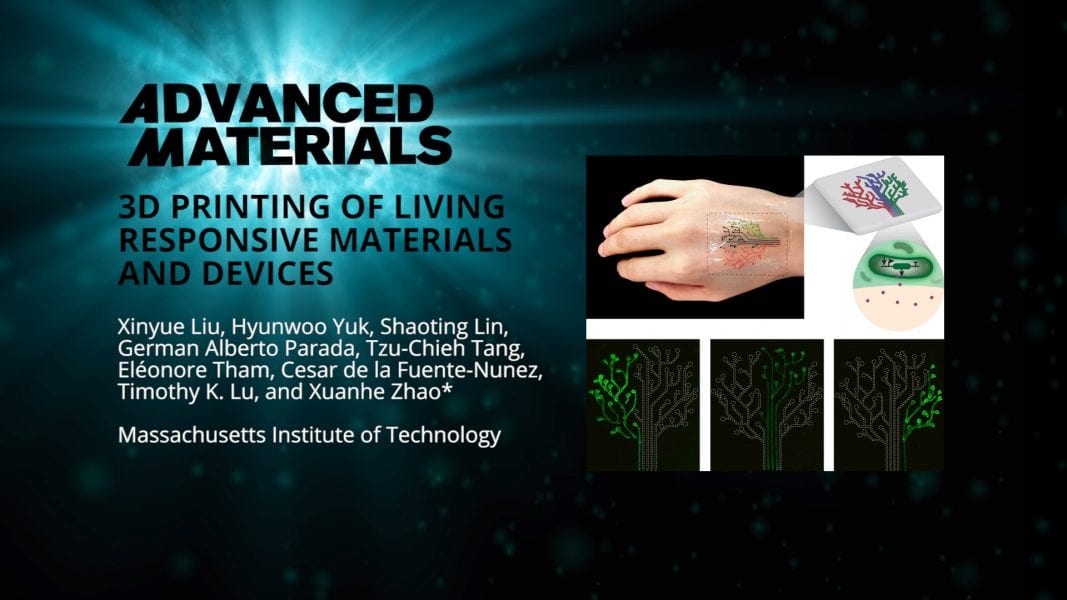
A group of researchers from the Massachusetts Institute of Technology (MIT) generate living materials and devices by 3D printing genetically programmed bacterial cells. The living bioink can be used to print novel materials including logic gates and a living tattoo for chemical detection on human skin.
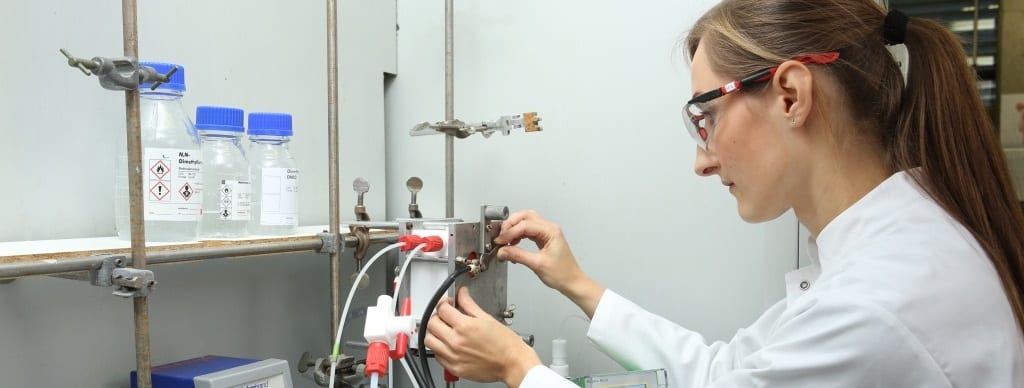
Waste from paper and pulp industry supplies raw material for the development of new redox flow batteries.

Genome-editing therapeutics introduce foreign nucleic acids and proteins into the circulation and cells, which can activate the innate, cellular, and humoral immunity in human patients. The key obstacle in translating CRISPR therapeutics to the clinic is hence to identify, diminish, and monitor these immunological risks before adverse immune reactions.
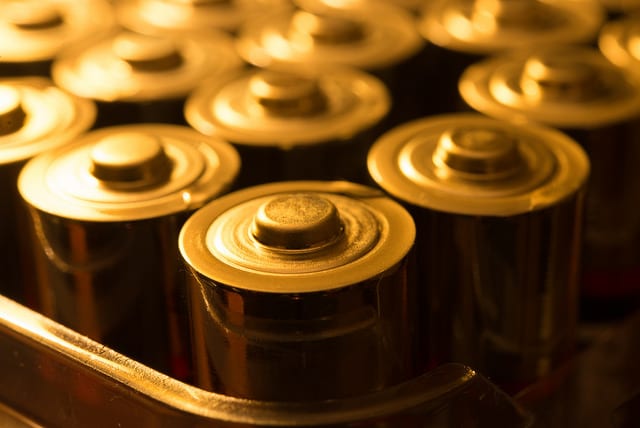
Batteries from a variety of manufacturers are examined using high-speed X-ray imaging to determine their failure mechanisms during thermal runaway.

A new printing method produces flexible graphene microsupercapacitors with a planar architecture, suitable for integration in portable electronic devices.

Suzana P. Nunes, Klaus-Viktor Peinemann, and co-workers from the King Abdullah University of Science and Technology in Saudi Arabia describe a selective membrane with functionalized nanochannels formed by self-assembly of a hydrophobic block copolymer for nanofiltration applications.
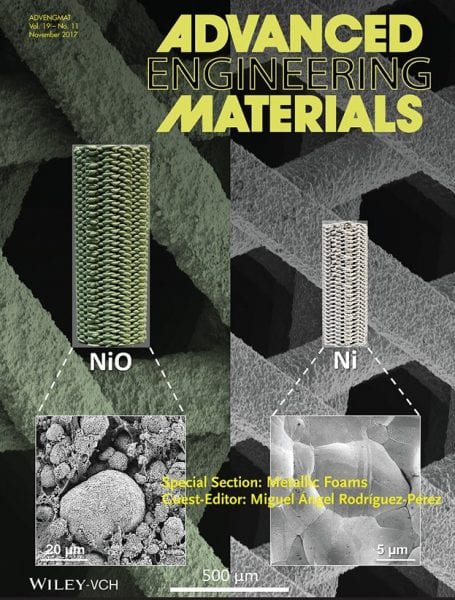
A special section of Advanced Engineering Materials features a selection of the papers presented during the 9th International Conference on Porous Metals and Metallic Foams (MetFoam 2015), which was held in Barcelona.
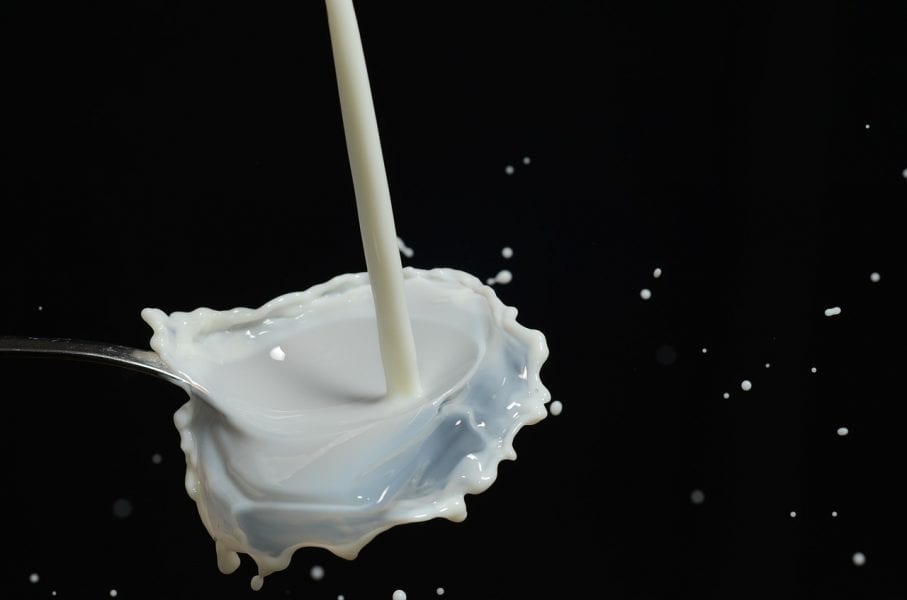
Australian researchers have developed a promising new plasma treatment method to decontaminate and increase the shelf life of milk.
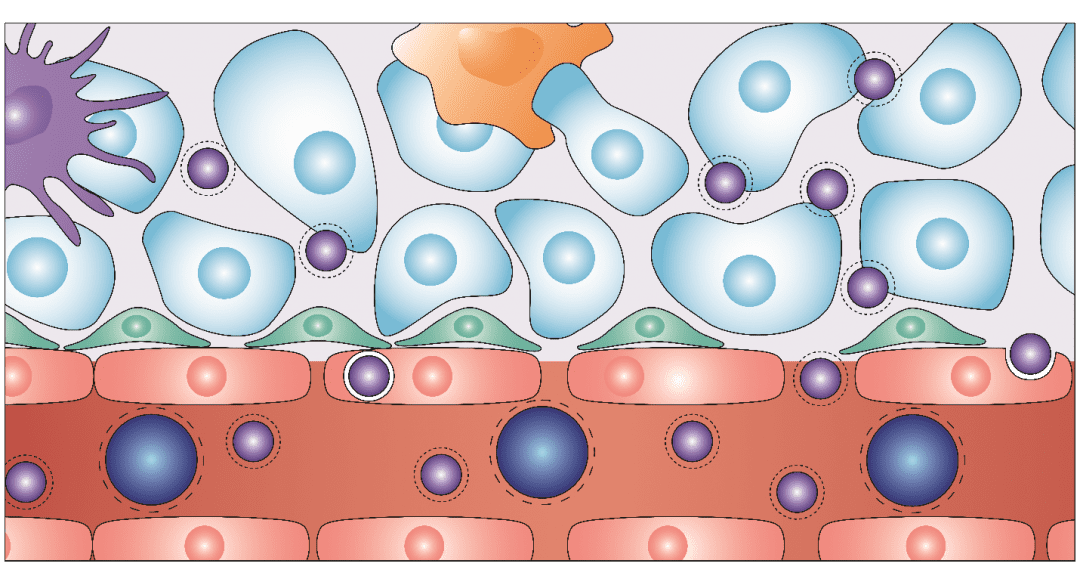
In contrast to healthy tissue, tumors demand a high supply of nutrients and oxygen, and will invade existing vessels and develop new ones to meet these demands.